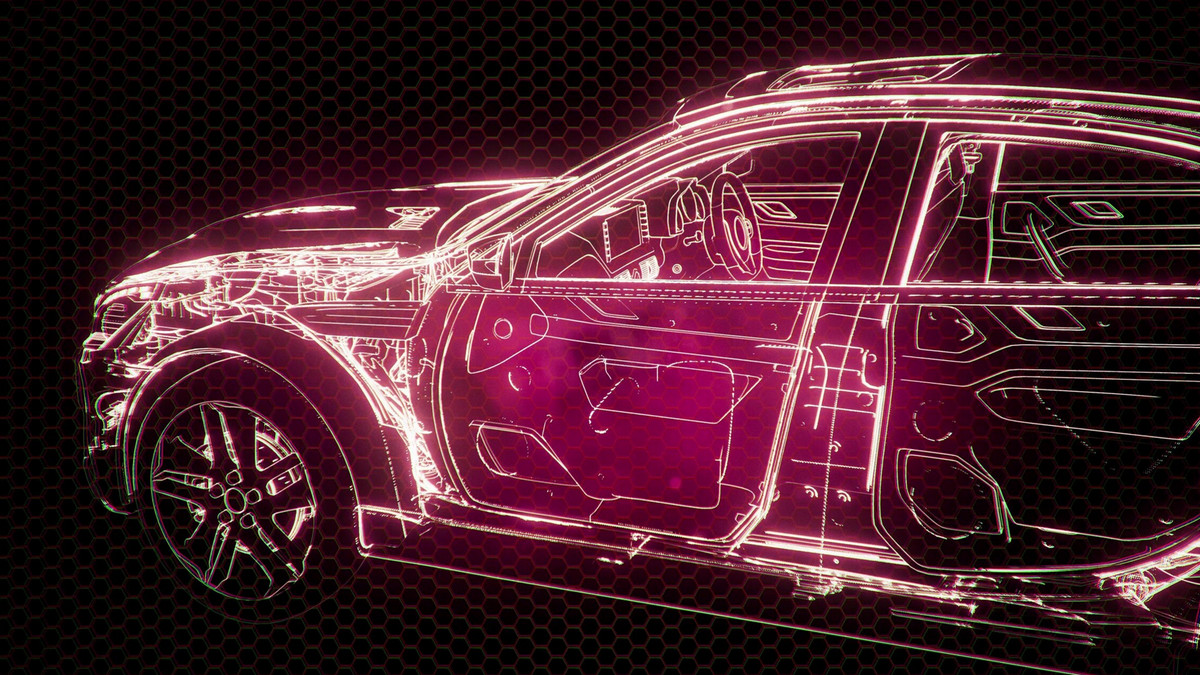A charging station is a device that supplies electric energy for electric vehicles (including pure electric vehicles and plug-in hybrid electric vehicles), similar to the gas station used in fuel vehicles. How does it work and in what scenarios? Let’s find out.
A charging station is a device that supplies electric energy for electric vehicles (including pure electric vehicles and plug-in hybrid electric vehicles), similar to the gas station used in fuel vehicles. According to the classification of output current provided by charging stations, charging stations can be divided into AC charging stations and DC charging stations. Usually, fast charging stations are all DC charging stations (but not all DC charging stations are fast charging stations). For ordinary pure electric passenger vehicles, it generally takes 3-8 hours for slow charging stations to fully charge, while fast charging stations only take less than an hour. Compared with passenger vehicles, commercial vehicles such as buses and taxis have a higher demand for battery life, so there are usually more charging stations in bus stops, taxi parking lots and other places.
Electric Vehicle Charging station: AC and DC
AC charging station: The AC input is also the output of AC, and the relay is used as the current switch in the middle. This switch is set up on the CSU-PCB and the output of the switch is controlled by the CPU. Senser is installed on the AC power line to monitor the voltage, current and other states for abnormal protection and disconnect the output relay. An electric meter will also be installed on the AC power line to confirm the amount of output power as the basis for background charges. The communication CP Pin of the AC station is the main channel for communication with the vehicle. CP is the output PWM signal to tell the vehicle the maximum amount of power that can be provided. For example: 26.6% Duty PWM means 16A maximum output, 53.3% Duty PWM means 32A maximum output. The background connection can be connected via Ethernet or Wi-Fi/4G.
DC charging station: The DC charging station is mainly composed of multiple groups of power modules. Similar to the AC charging station, DC output also uses the relay as the current switch, and the control is also managed by the CSU. With the AC station, the input and output power lines are also equipped with multiple sets of sensers such as voltage, current and temperature to monitor the entire charging system. In case of abnormality, the output relay or the input circuit breaker will be disconnected when protection is required. A DC meter will also be installed on the DC power line to confirm the amount of output power as the basis for background charges. The communication of the DC station is through CanBus or PLC as the bridge for vehicle communication. CanBus is the regulation of the Japanese standard CHAdeMo and the continental standard GB_T, and the PLC is defined by the European regulation CCS2 and the American regulation CCS1. The background network can be connected through Ethernet or Wi-Fi/4G installed on the CSU board. The communication standard is implemented in accordance with the OCPP 1.6 Jason version released by the OCA Association.
How to Use the Electric Vehicle Charging Station?
The use of the charging system generally requires several standard steps:
General Home or Private Place
General home or private use is plug and play.
Business Use
The paid use for commercial purposes is basically the same as the current gas station use:
Step 1: Turn off the engine and open the cover of the charging port.
Step 2: Take the gun and insert it into the charging port to wait for charging.
Step 3: You can swipe the card to pay, which can be divided into membership card or credit card to start charging. When the card is swiped successfully, the charging gun will be locked by the electric vehicle, and the charger will naturally turn on the current switch and directly send electricity to the electric vehicle to start charging (may take 1 minute waiting time)
Step 4: When the charging is completed, swipe the card to unlock and put it back to the charging station to complete the whole charging process.
In Which Situations Is Charging Technology Used?
Charging Application Scenario 1 "Electric-related Use"
It is used for charging electric vehicles, electric locomotives, forklifts, electric boats, drones, etc. In other words, as long as it is a mobile vehicle that uses a power battery, such a charging product needs to be used.
Charging Application Scenario 2 "Charging and Use of Green Energy & Energy Storage Equipment"
Green energy applications have become a global trend. Whether it is solar energy, wind energy or hydrogen fuel energy, the energy generated by the charging system must be converted into battery energy to store energy, and the energy stored in the energy storage must be converted and charged into electric energy on the vehicle.
Charging Application Scenario 3 "Smart Home Application"
In recent years, the electric charging system has begun to be combined with household electricity. For example, the household electricity can be prioritized or the household electricity can be used by using the battery power in the electric vehicle, and the battery energy in the electric vehicle can be used as a household energy storage device.
Charging Application Scenario 4 "Smart Grid Application"
In the past, the power system was a one-way system, that is to say, power was transmitted from electricity company to end users, but in the future, the battery in the electric vehicle can also be fed back to the power grid for use in power dispatching; for example, the lack of power in area A can dispatch the electric power in the electric vehicles in the B area to be transferred to the A area for use.







.png)






